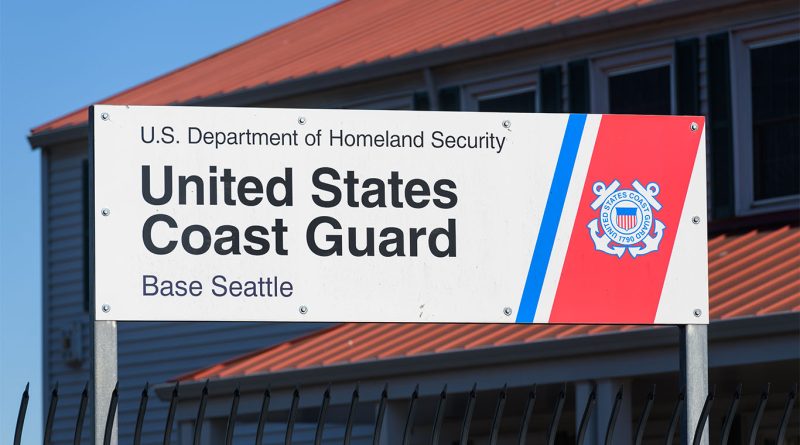Whiting‑Turner secures $137M contract for Seattle coast guard base modernization
Subscribe to our free newsletter today to keep up to date with the latest construction news.
Whiting‑Turner has been awarded a $137 million contract by the U.S. Coast Guard to begin modernization work at Base Seattle. The project is part of a broader effort to prepare the site to support the next generation of Polar Security Cutters, a strategic fleet intended for missions in Arctic and Antarctic waters.
Phase 1A prepares for cutter homeporting
The initial scope of work, labeled phase 1A, focuses on infrastructure upgrades to accommodate the first Polar Security Cutter. That includes widening the slip between berths 36B and 37B, improving utilities at berths 37A and 37B, and stabilizing the waterfront at berth 36B. The project also covers demolition of an existing structure and improvements to small boat docks and the station’s boathouse.
Slip 36 will undergo a full dredging operation, with removal of contaminated sediment. The environmental remediation is authorized under the federal Superfund law and overseen by the Environmental Protection Agency. According to the Coast Guard, it is the largest environmental cleanup ever conducted by the agency.
Strategic investment aligned with fleet expansion
This project supports the Coast Guard’s broader Arctic strategy. The cutters to be stationed at Base Seattle are part of a new fleet funded through recent Congressional appropriations. The vessels are designed for high-latitude operations, including icebreaking, search and rescue, and sovereignty missions in increasingly contested polar regions.
Phase 1A sets the groundwork for future phases, which will ultimately provide four major cutter berths at the base. Construction must occur while maintaining base operations, requiring highly coordinated scheduling and limited disruption to ongoing Coast Guard activity.
Federal oversight and design leadership
The Facilities Design and Construction Center, a unit under the Coast Guard’s CG-SHORE command, is managing delivery of the program. FDCC is responsible for overseeing waterfront projects across U.S. Coast Guard assets and will guide the project from design through commissioning.
The design was previously developed through a performance-based design-build bridging process, allowing the contractor to finalize detailed plans within a defined performance framework. That structure enables accountability in execution while maintaining flexibility for constructability.
Environmental remediation adds technical complexity
The removal of contaminated sediment in Slip 36 presents one of the more challenging aspects of the contract. The dredging must meet EPA standards for safe disposal of hazardous material and comply with state and federal permitting requirements. These operations will occur in parallel with demolition and infrastructure improvements, demanding tight control over environmental risk and sequencing.
Whiting‑Turner will also be tasked with delivering utilities, site stabilization and structural upgrades to berthing areas that must meet modern Coast Guard and U.S. Navy specifications.
Regional industry and economic impact
The contract contributes to a growing portfolio of marine infrastructure projects in the Pacific Northwest. Whiting‑Turner, which has deep experience in federal and defense sector work, is expected to engage local marine engineering firms, remediation specialists and logistics providers.
As the project advances, additional subcontracting opportunities will emerge across geotechnical services, marine utility installation and shoreline stabilization. Environmental testing labs and maritime material suppliers will also see increased demand as work progresses over the next several years.
The phased nature of the modernization means that contractors who successfully execute early scopes will be well positioned for future awards. The Coast Guard’s emphasis on maintaining operational readiness will require repeatable expertise and high-quality construction performance.
Sources:
